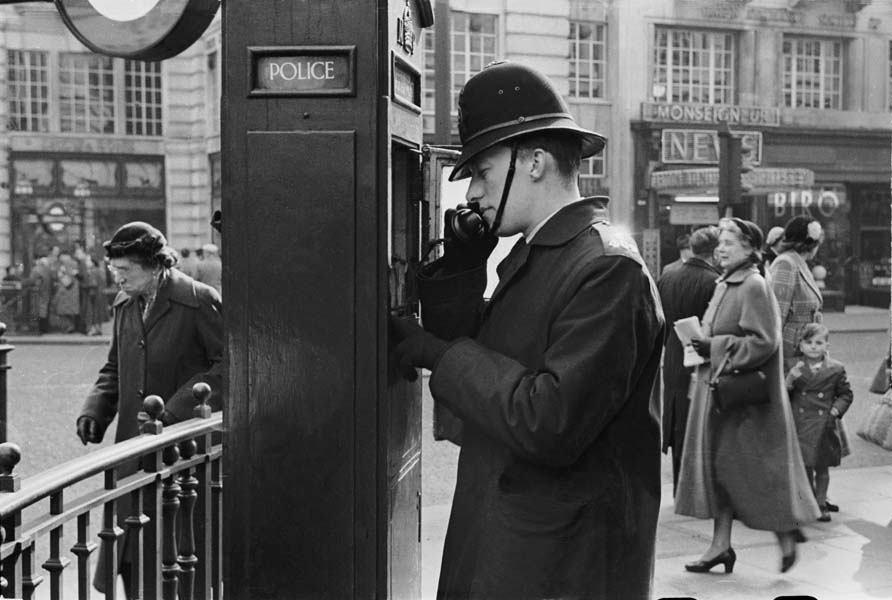The Metropolitan Police Service is responsible for policing all of Greater London except for the City of London, which has its own police force. The force is commonly referred to as the Metropolitan Police or, more informally, the Met.
The Commissioner of Police of the metropolis, usually referred to as the Commissioner, heads the Met. Its headquarters is New Scotland Yard on Broadway near St James’s Park in Westminster.
The Home Secretary directly controlled the Met until 2000, when responsibility was given to the newly created Greater London Authority by way of the Metropolitan Police Authority (M.P.A.). However, the Home Secretary continues to appoint the Commissioner.
Sir Robert Peel founded the Met in 1829. An original establishment of 1,000 officers policed the area within a seven-mile radius of Charing Cross and a population of less than two million. Officers were nicknamed ‘Peelers’ or ‘Bobbies’ after their founder.
By the end of the 19th century, both London and the Met had greatly increased: 16,000 officers policed a population of some seven million people.
At the outbreak of the First World War, 24,000 Special Constables were sworn in to the Met; 31,000 were in service by the end of 1914. In 1917, some 2,300 Met officers were serving in the armed forces.
The Women Police Volunteer Service, later the Women Police Service, was founded in 1914. Women Police Patrols were appointed in 1919, although Women Constables were reduced to an establishment of only 20 in 1922. Women police were not fully integrated into the force until 1973.
The Second World War stretched the Met’s resources. The Blitz took a heavy toll: 98 officers were killed in air raids in 1940 alone. Holloway police station was destroyed the following year, and Somers Town, Sydenham and Brixton stations were so badly damaged that they could not be used. By 1944, looting had reached an all-time high.
In 1947, the Met faced a shortfall of nearly 5,000 men as a result of the war. Serious staffing problems continued into the 1950s. In 1954, the force consisted of only 16,000 men.
The Met adopted new technological developments over the 20th century. The Fingerprint Bureau began operation in 1901. In 1910, radiotelegraphy was used to make a criminal arrest for the first time. The Metropolitan Police Forensic Laboratory opened in 1935, followed two years later by the introduction of the 999 system. The first computer to be used by the Met, an I.C.T. 1301, was set up in 1963.
The Met was involved in a number of key incidents during the 20th century:
1907: Officers clashed with 800 suffragettes outside the House of Commons
1909: Tottenham Outrage, robbers kill a police constable and a 10-year old boy
1910: Doctor Crippen was arrested for the murder of his wife
1911: Siege of Sidney Street
1923: Crowd control at the first Cup Final at Wembley
1936: Battle of Cable Street
1975: Balcombe Street and Spaghetti House sieges
1976: Serious rioting at the Notting Hill Carnival
1980: Iranian Embassy siege
1981: Brixton riots
1990: Poll Tax riot in Trafalgar Square
1999: Greek Embassy siege
2005: London bombings
On 1 April 2000, the Metropolitan Police District boundaries were altered to follow exactly those of Greater London, excluding the City of London. The district now covers 620 square miles and a population of 7.2 million.
The Metropolitan Police Service celebrated 175 years of policing in 2004. It is London’s largest employer, having more than 30,000 officers, 12,500 police staff, 500 traffic wardens, 1,500 Police Community Support Officers and 750 Voluntary Constables. It operates around 180 police stations.








